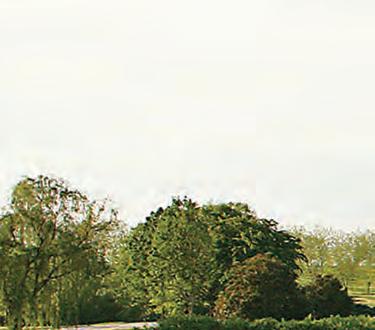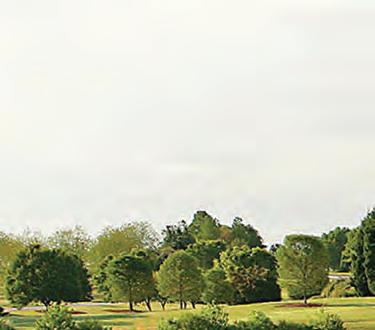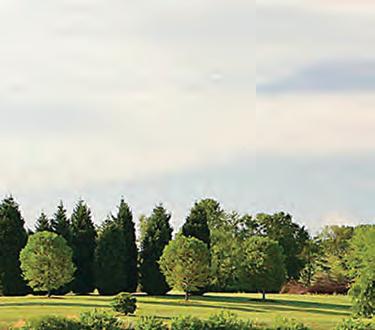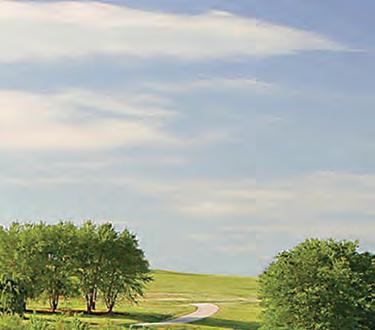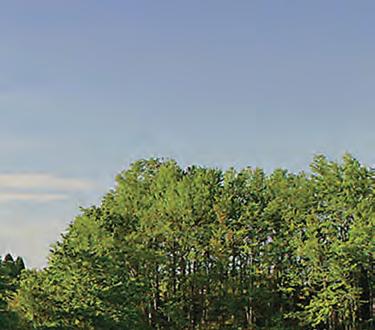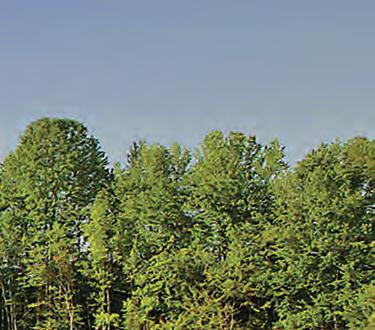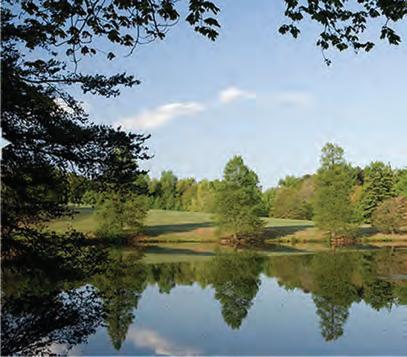
5 minute read
Hartness Creation
WHAT’S IN A NAME
There’s a responsibility that comes with creating a community that bears your family name. It forever links the lifestyle, the experience, and the quality of that community with those who came before you, and those who will follow.
By lending their name to the Hartness community, the Hartness family is ensuring its integrity, its authenticity, and its familycentric focus. The 445+ acres of land that this community sits on has been part of the Hartness family for generations. Through responsible and intentional planning, they’re now able to share this special place with scores of other families. The authentic architecture, the reverence for the land, and purposeful community planning makes for an inspirational and rewarding community that is worthy of the name…Hartness.
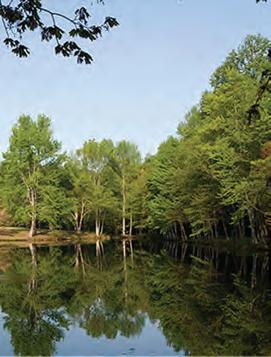
HARTNESS, A GREENVILLE FAMILY LEGACY.
Hartness is located in Greenville, SC, a city with which the Hartness family has been an integral part of for more than 80 years. The family origins in Greenville began in 1940, when Tom Hartness acquired the Pepsi Bottling rights. His interest in the workings of his machinery and his desire to make them more effi cient led him to develop his fi rst case packer, which replaced metal fi ngers with plastic ones. This led to him starting Hartness Engineering, which evolved into Hartness International—a total packaging solutions provider with more than 100 patents and a worldwide network of clients.
In addition to being a successful business leader, Mr. Hartness was a celebrated philanthropist and civic leader and passed on those qualities to his children and grandchildren. Tom’s son, Pat and his grandson, Sean are personally developing this community as a family legacy project.
COMMUNITY LOCATION
Located in the foothills of the Appalachian Mountains, Greenville, SC, is a naturally beautiful location. Rolling hills, old growth trees, and a variety of lakes surround the area, while intentional green spaces are strategically placed throughout and merge well with its unique blend of old and new architecture. The area grew to prominence in the 20th century thanks to a booming textile business, while its growth in the 21st century has been more focused on the automobile industry, with Greenville serving as the American headquarters for both Michelin and BMW, among others. Its award-winning downtown experience is lauded and studied by other cities hoping to match Greenville’s level of success. Hartness is located on more than 445 acres of rolling pastures and running streams that is surrounded by thick woodlands, all just a short drive from Greenville’s celebrated and inviting downtown. Hartness is designed to off er a high-quality living environment for those who choose to make the Greenville area their home, one that provides homes for individuals and businesses alike, in an exceptional setting.
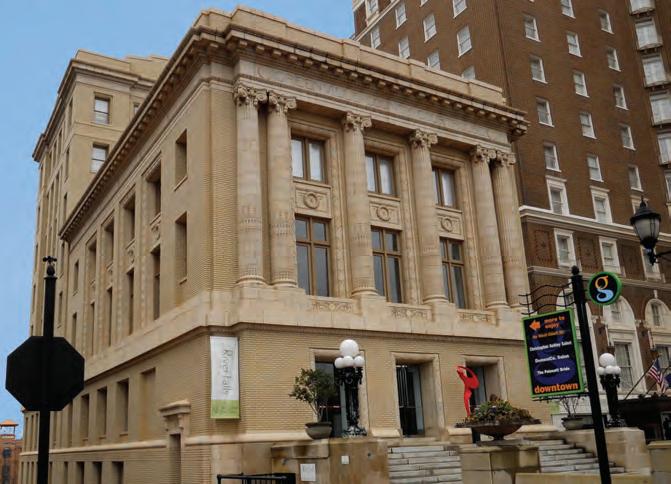
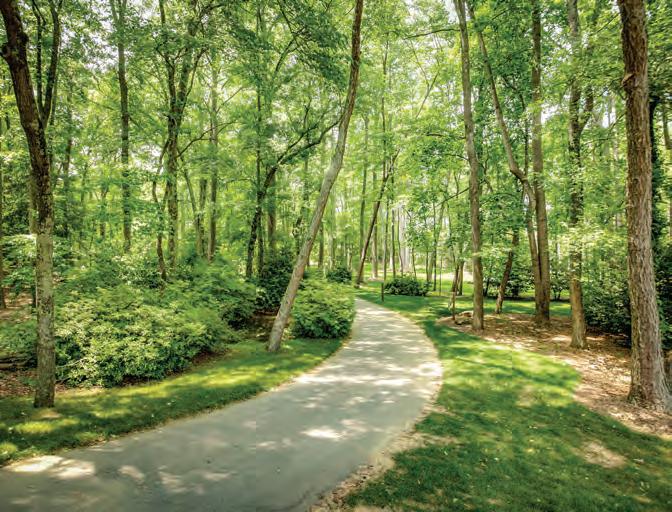
THE NEW TRADITION
The family has designed Hartness as a Traditional Neighborhood Development (TND), which is defi ned as a community centered on the interconnectivity of its residents. Every element is carefully crafted with attention to detail. TND communities are rich with benefi ts such as walkable spaces with uninterrupted sidewalks. Hartness seeks to set an example... to provide an entire community of homes, shops, businesses, all within a pastoral, garden-like setting. Families live in close knit neighborhoods that off er many lifestyle choices.
At Hartness, meadows and orchards provide arenas for running and playing. More than 180 acres of dedicated, protected nature
HARTNESS CREATION
preserve off er an abundance of forest and stream settings, including 15 miles of nature trails for walking, biking, and otherwise exploring. Additionally, lakes and ponds provide spots for kayaking, fi shing, and afternoon naps. Hartness, in all things, embodies beauty.
THE VILLAGE CENTER
While there are a number of amenities and activity centers throughout the property, the heart of the community is envisioned as an energetic place to meet and unwind, known as the Village Center. Designed to host cherished traditions and memorable events, the Village Center will overlook a Grand Lawn and will include close-knit shops, restaurants, and workspaces as well as lofts and fl ats. Leading out of the Village Center will be townhouse and carriage house districts that defi ne the street and lead into neighborhoods of small cottages and medium sized homes alike. And estates lie at the periphery of the neighborhoods as the most pastoral of the built realms. In this manner, many forms of diversity may be accommodated.
ARCHITECTURE
Scale, balance, and harmony, paired with authentic materials, create architecture that is permanent yet always fashionable. This theory is where we take our cues. Buildings are grounded with solid materials such as native stone, brick, and solid timbers. They will only be enhanced with age, enabling them to harmonize with the environment. In the end, understated minimalism harmonizes with the natural setting without competing for attention.
The architecture of each building extends into the landscape in the form of walls, pergolas, bridges, and garden detailing such as brick curbs, urns, and fountains. Interior spaces fl ow and fuse with exterior spaces. Loggias, porches, and balconies are encouraged to relate the interior to the landscape. And all buildings are sited and designed to frame views of natural areas and the mountain vistas. New interpretations of historic architecture are encouraged when sensitive to and collaborative with local forms, materials, and traditions.
Retail and offi ce buildings will not only be functional, but a delight to inhabit. And civic buildings, placed in prominent locations, will provide areas for social interaction, public services, and community events. Colors and fi nishes are used to dramatize the town. Yet, all buildings must feature native stone, brick, natural metals, authentic stucco, concrete, exposed steel, or wood siding, amplifying the natural experience and enriching the simple forms. Paint colors must be authentically derived. The color white, being a traditional staple of the area, is encouraged as the dominant color.
A MODEL FOR THE FUTURE
We believe Hartness will become a model for new development that is worth emulating. It is our hope that our model will lead to a re-emergence of sensible town planning and meaningful architecture in the South Carolina Upcountry. Our approach will foster the benefi ts of traditional neighborhoods with a lighter footprint on the environment. Our goal is to create a community that off ers both relaxation and delight, one that our heirs will be fortunate to inherit and one that proves environmentally sensitive development and attractive execution need not be mutually exclusive.
